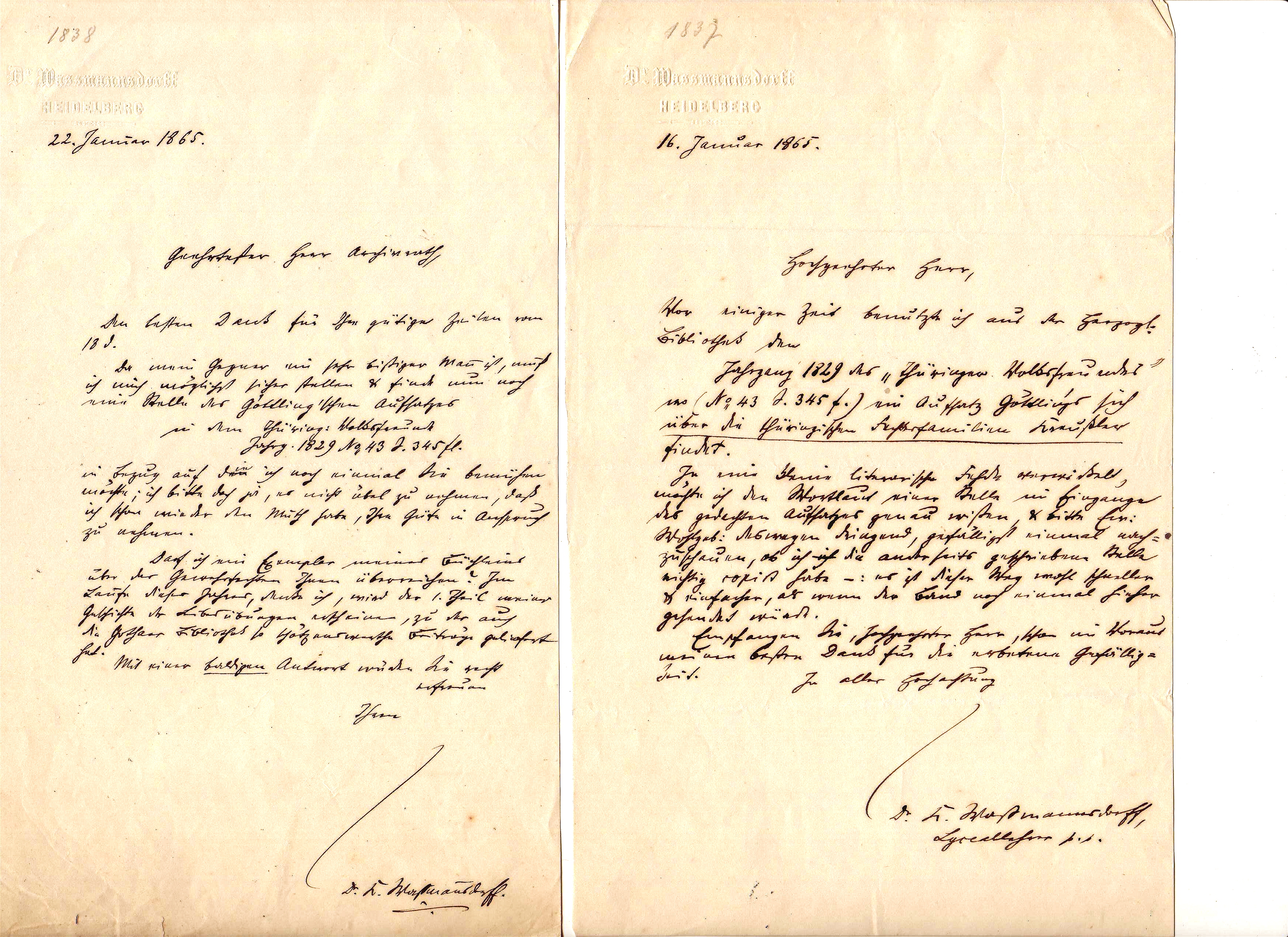 We may not be up-to-date any more on what old fencing and wrestling manuals are available and accessible by now. But we just found a careful transcription of von Eyb’s fencing and wrestling sections that deserve greater exposure. Here ya go… Continue reading
We may not be up-to-date any more on what old fencing and wrestling manuals are available and accessible by now. But we just found a careful transcription of von Eyb’s fencing and wrestling sections that deserve greater exposure. Here ya go… Continue reading
-

-
Join 203 other subscribers
Facebook Connection
Pages
Meta
 Fencing Classics: The Art and Artifacts of Fencing and Dueling
Fencing Classics: The Art and Artifacts of Fencing and DuelingBlogroll
Fellow Collectors
Modern Competition Fencing
amberger, fencing, fechten, escrime, esgrima, degen, epee, foil, florett, fioretto, mensur, schlagende verbindung, stockfechten, singlestick, single stick, quarterstaff, staff, stangenfechten, schwert, zweihänder, schläger, Bestimmungsmensur, duell, korbschläger, glockenschläger, korbsäbel, mensursäbel, sciabola saber, sabre
16th Century 17th Century 18th Century 19th Century 20th Century Antiquarian Books Armory Duel duelling sword Epee Fabris fencing fencing art Fencing History; German fencing Fencing in the News Foil HEMA Images rapier Rapier Saber Schläger singlestick smallsword Studentisches Fechten Sword Fighting Swords in the News Uncategorized Weapons wrestling- amberger amberger collection cabinet card cavalry cavalry saber christoph amberger codex amberger cut fencing Cutlass degen degenfechten duel dueling dueling epee dueling sword duell duelldegen dussack Epee epee fencing escrime fechten Fechtgeschichte fechtmeister fechtschule federfechter fencing fencing art fencing history fioretto fleuret florett Foil foil fencing french epee french fencing glockenschläger HEMA henry angelo hiebfechten historical european martial arts Italian saber italian school korbschläger Korbsäbel kreussler kreußler lutte marxbrüder mensur orbis pictus pariser Paulus hector mair pessina rapier Royal Navy Saber saber fencing sabre Schläger schlägerfechten sciabola scuola magistrale secret history of the sword singlestick singlestick fencing smallsword stick fighting stockfechten stossfechten sword säbel Säbelmensur us military fencing wrestling
Blog Stats
- 581,186 hits
- google09a0ab8811dd75b4.html
Meta




